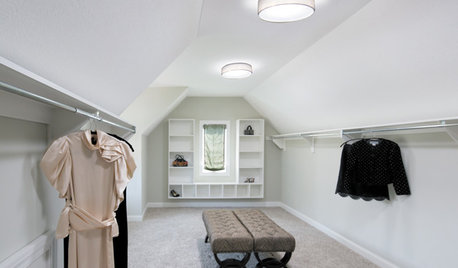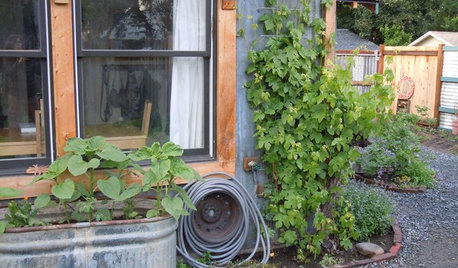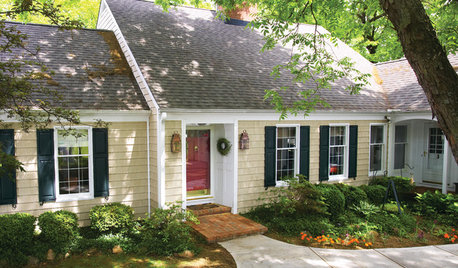Garden hose vs. 1/2' microsprinkler tubing?
tomncath
13 years ago
Related Stories

GREAT HOME PROJECTSHow to Add a Skylight or Light Tube
New project for a new year: Increase daylight and maybe even your home’s energy efficiency by opening a room to the sky
Full Story
GARDENING GUIDESEdible Gardening Essentials: Tips for Traditional Hand Watering
Save the expense and hassle of a complicated garden system with a simple watering can or inexpensive hose add-ons
Full Story
GARDENING GUIDESGreat Design Plant: Knock Out Roses
As glorious as their high-maintenance kin for a fraction of the work, Knock Out roses make even beginners look like garden stars
Full Story
GARDENING GUIDESGreat Design Plant: Butterfly Milkweed, a Beacon in the Prairie
Vivacious orange flowers for you, nectar for the butterflies and bees. Asclepias tuberosa is worth planting for more reasons than one
Full Story
GARDENING GUIDESHow to Install a Drip Irrigation System
Save time and water with a drip watering system in your vegetable garden — a little patience now will pay off later
Full Story
GARDENING GUIDES10 Solutions for Soggy Soil
If a too-wet garden is raining on your parade, try these water-loving plants and other ideas for handling all of that H2O
Full Story
GARDENING FOR BUTTERFLIES3 Ways Native Plants Make Gardening So Much Better
You probably know about the lower maintenance. But native plants' other benefits go far beyond a little less watering and weeding
Full Story
HOUSEKEEPINGHow to Wash Your House
Avoid damage to siding and plants while getting your home's exterior shining clean, with this guide to using pressure washers and hoses
Full Story
FARM YOUR YARDHow to Grow Vegetables in Containers
Get glorious vegetables and fruits on your patio with a pro’s guidance — including his personal recipe for potting mix
Full Story
GARDENING GUIDES7 Ecofriendly Gardening Ideas That Also Cut Chore Time
Spend less time weeding, less money watering and more moments just sitting back and enjoying your healthy garden
Full Story







lehua49
tomncathOriginal Author
Related Professionals
Woodinville Landscape Architects & Landscape Designers · Norwood Landscape Contractors · Pelham Landscape Contractors · Columbine Landscape Contractors · Golden Gate Landscape Contractors · Mission Bend Landscape Contractors · Monterey Landscape Contractors · New Berlin Landscape Contractors · Porterville Landscape Contractors · Siloam Springs Landscape Contractors · Thornton Landscape Contractors · Vermilion Landscape Contractors · Wallingford Landscape Contractors · Hawaiian Gardens Landscape Contractors · Swansea Solar Energy Systemslehua49
tomncathOriginal Author
lehua49
tomncathOriginal Author
gershon
tomncathOriginal Author
lehua49
tomncathOriginal Author
lehua49
tomncathOriginal Author
Beeone
tomncathOriginal Author
lehua49
tomncathOriginal Author